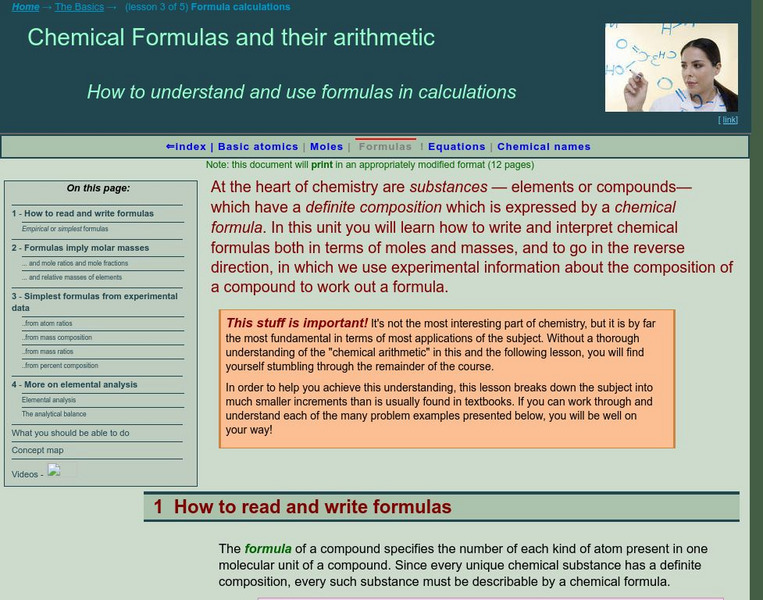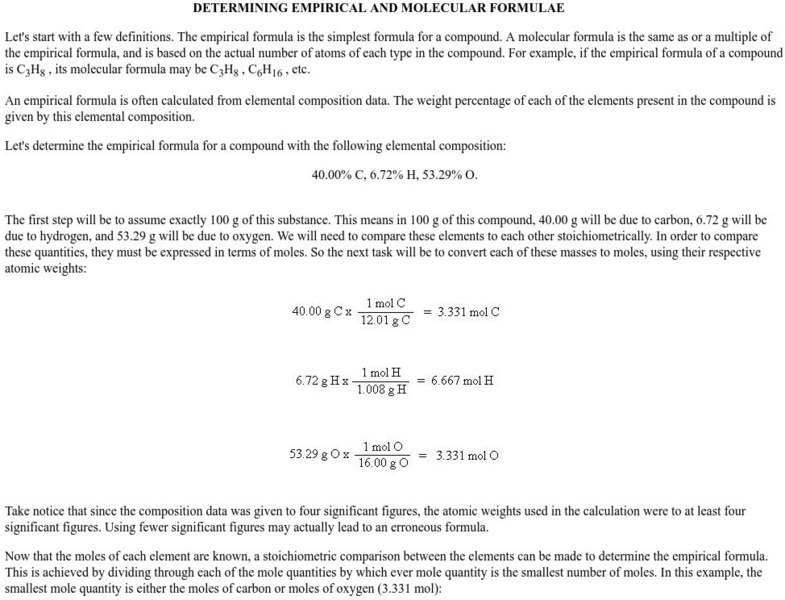Hi, what do you want to do?
Science Education Resource Center at Carleton College
Serc: Count the Fs: Why a Sample Instead of a Census?
In this interactive lecture activity, students count the number of times the letter F appears in a paragraph. The activity demonstrates that a census may not always give accurate information, and that sample counting can be a more...
Concord Consortium
Concord Consortium: Population Curve: Significance of Breakpoints
Learn about three models of population growth: linear, exponential, and logistic. Then conduct a population experiment to see how populations can work in the real world, and see how linear graphs can help simplify complicated ones.
Science Education Resource Center at Carleton College
Serc: Determining Bird Populations Through Counting
Students participate in a bird count to determine the number of birds sighted in four different sites. Students draw inferences from recorded data on a bar graph in regard to the number of species in the area and relative population size.
Science Education Resource Center at Carleton College
Serc: Determining School Population Using Multiple Student Driven Methods
Students create a logical method to estimate the number of students in their building, collect data, and calculate an estimated student population to better understand wildlife population count methods.
Simon Fraser University
Chem1 Virtual Textbook: Simplest Formulas From Experimental Data
As part of the "Basic Atomics" section of the Virtual Textbook, this site a variety of topics related to simplest formulas including simplest formulas from atom ratios, simplest formulas from mass composition, and more.
Michael Blaber, PhD
Florida State Univ.: Stoichiometry: Chemical Formulas and Equations
Determining empirical formula from analytical data, and determing molecular formula from empirical formula, with flow charts and sample calculations.
Towson University
Towson University: Determining Formulae
Explanation of how to calculate empirical and molecular formulas.
Other
Seton Hall University: Using Mass Percent
Slides in presentation show how to use mass percent to calculate empirical and molecular formulas.
PBS
Pbs Learning Media: Estimation From Random Sampling
Practice estimating wildlife population by using the process of random sampling.
Chiral Publishing
Chiral Publishing: An Introduction to Chemistry: Determination of Empirical and Molecular Formulas:
Listen as this audio book shows the determination of empirical and molecular formulas. View the formula to calculate empirical and molecular formulas and the written steps for calculating.
CK-12 Foundation
Ck 12: Algebra: Formulas for Problem Solving
[Free Registration/Login may be required to access all resource tools.] Learn to use formulas to solve problems.
Other
Explore Learning: Estimating Population Size
Adjust the number of fish in a lake to be tagged and the number of fish to be recaptured. Use the number of tagged fish in the catch to estimate the number of fish in the lake. (Free usage is limited to five minutes per day.)
Clackamas Community College
Clackamas Community College: Predicting Formulas
Using Lewis diagrams for predicting the formulas of compounds, with links to examples and practice problems.
















